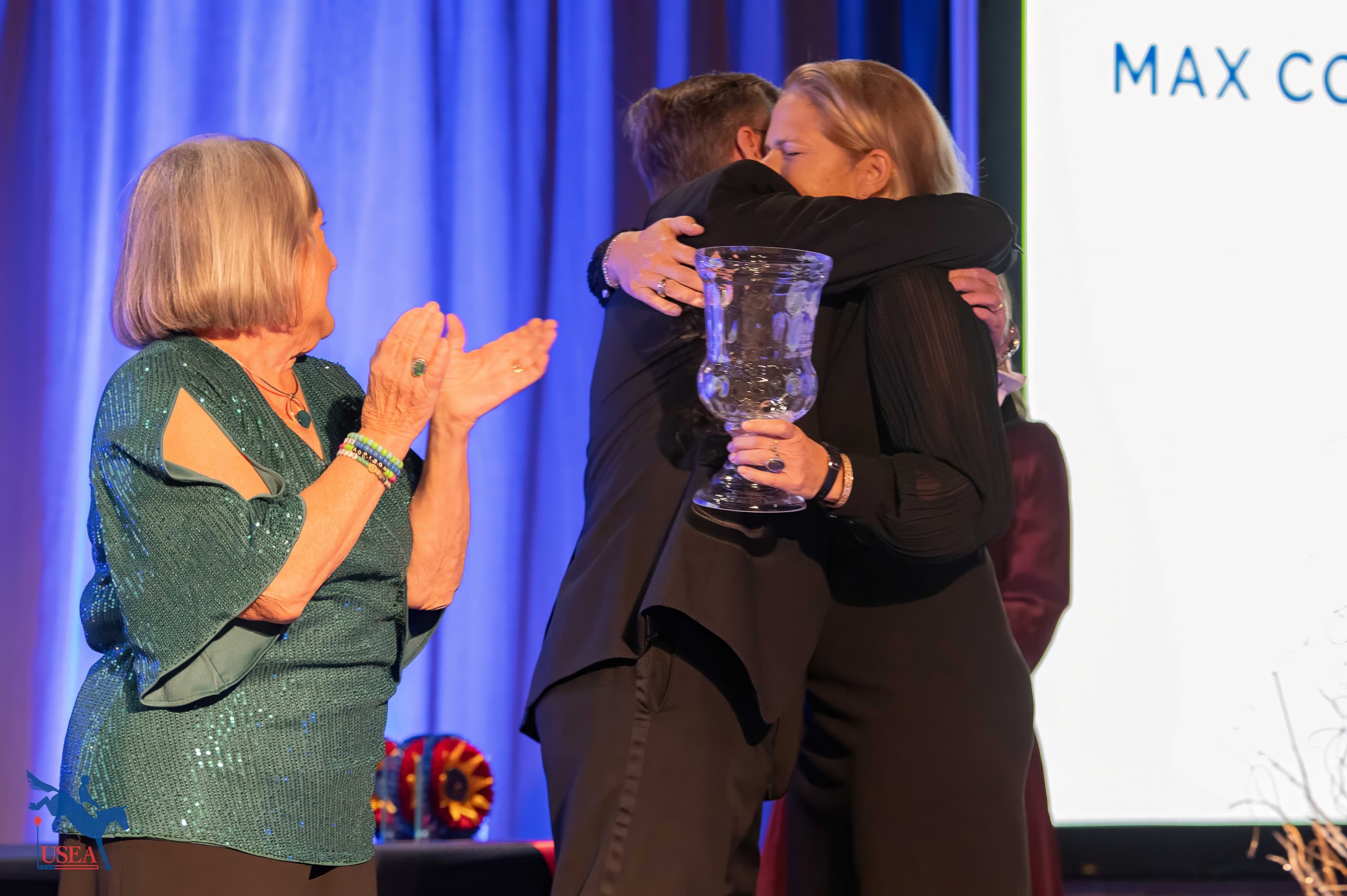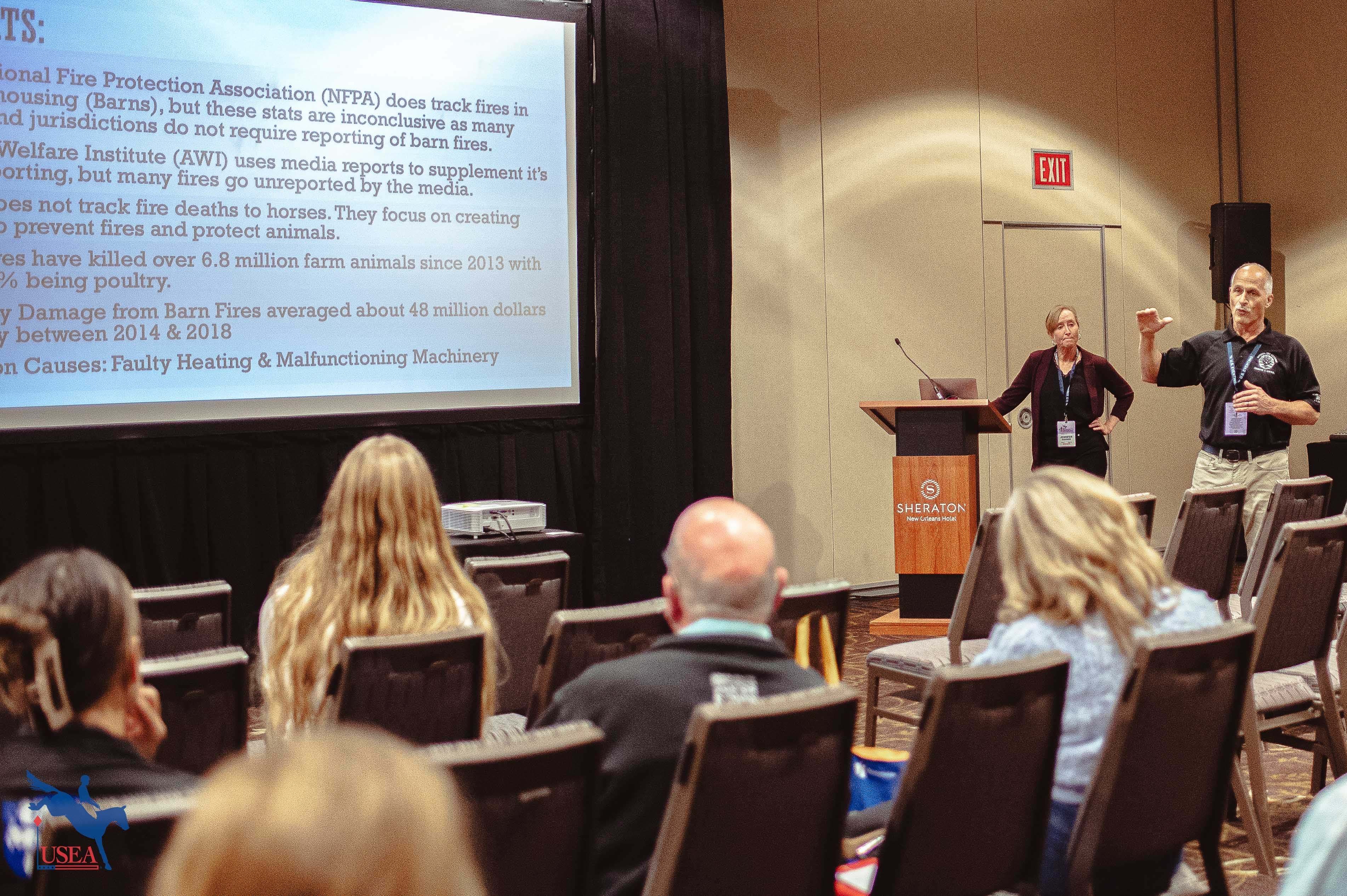Key Steps to Safe Cross-Country Riding, Part One: Holistic Training and Fifth Leg Training

This article was originally published in volume 37, issue 4 of Eventing USA magazine and is the first in a four-part series geared toward making cross-country riding safer written by renowned horseman, William Micklem.
It's Not Racing
Cross-country riding is often associated with steeplechasing but there are fundamental differences between the two sports. Firstly, you do it by yourself, not in the company of other horses, which encourages more level headed, less excited responses from your horse. Secondly, you should not go at your maximum speed in horse trials. Therefore the horses will be working well within themselves and this reduces the risks substantially.
Thirdly, in steeplechasing a horse is taken close to their limit of available energy and invariably they finish tired. This explains the high proportion of strains and sprains with racehorses. But with cross-country riding we should not have a tired horse if the preparation is good.
If your horse is tired you should retire and come back another day because a tired horse is a danger to both you and himself. So with good physical preparation your horse should finish ready and willing to do a little more. With the horse working well within their physical limits, and by using a progressive preparation and the expertise of a coach, cross-country riding becomes fundamentally safe.
Holistic Training
I like working with all three of the different disciplines in horse trials—dressage, show jumping, and cross-country—and would not like to restrict myself to just one speciality. This goes against the modern trend of using a group of specialist trainers working with the same horse and rider. However with horse trials a holistic and complementary training program is vital if we are to avoid treating our horses as machines.
If more than one coach is used, they need to work truly as a team and be in harmony, with one core set of priorities and one common language to communicate with the horse. I am saddened by the narrow-minded mechanical approach of some specialist dressage and jumping coaches, who fail to do this and in consequence fail to treat horses as individuals. A horse trials coach that is an all-rounder, with expertise in depth and breadth across all the disciplines, will be able to achieve greater efficiency and greater success in a more humane and cooperative way.
If we want our horses to fulfill their potential and have a long life in horse trials, we need to continually work to be more efficient in both training and competition. The key to efficiency in training is to fit the work for the dressage, show jumping, and cross-country into one integrated program, with every exercise helping the horse in more than one area at the same time. This is why it is important to find a coach who understands the overall demands of horse trials or specialist coaches that have a good general background and are prepared to be part of an integrated coaching team.
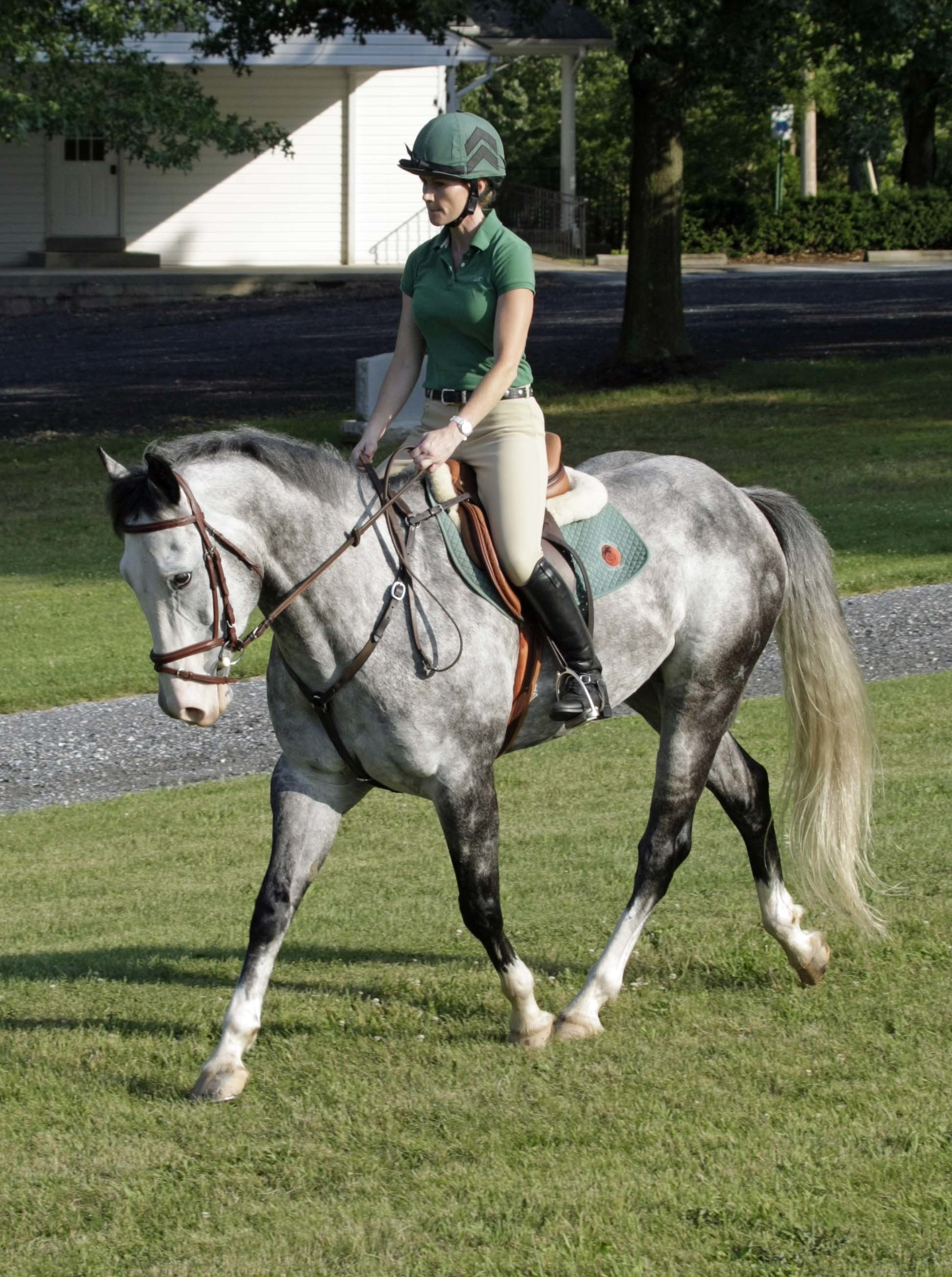
For horse and rider the relationship of the different phases is of vital importance in training. The mixing and matching of different exercises in both dressage and show jumping exercises will prepare your horse for cross-county. This is why the type of dressage or show jumping training that forcefully dominates the horse is at best unhelpful and at worst dangerous. What you require is an obedient horse that accepts the rider, but not a submissive horse that waits for the rider to make every decision and does not use their brain.
The dressage and show jumping combined should produce a responsive, athletic horse with both the physical and mental fitness to go across country. This is the preparatory work for cross-country and it should also be the revision work between cross-country schooling sessions, mixing and matching with the cross-country exercises. By using such a complementary training strategy, combined with good coaches and facilities, you will be able to reduce the risks in both training and competition. A complementary strategy, based on communication not strength and on the horses thinking for themselves, will also go a long way to successful 'fifth leg’ training.
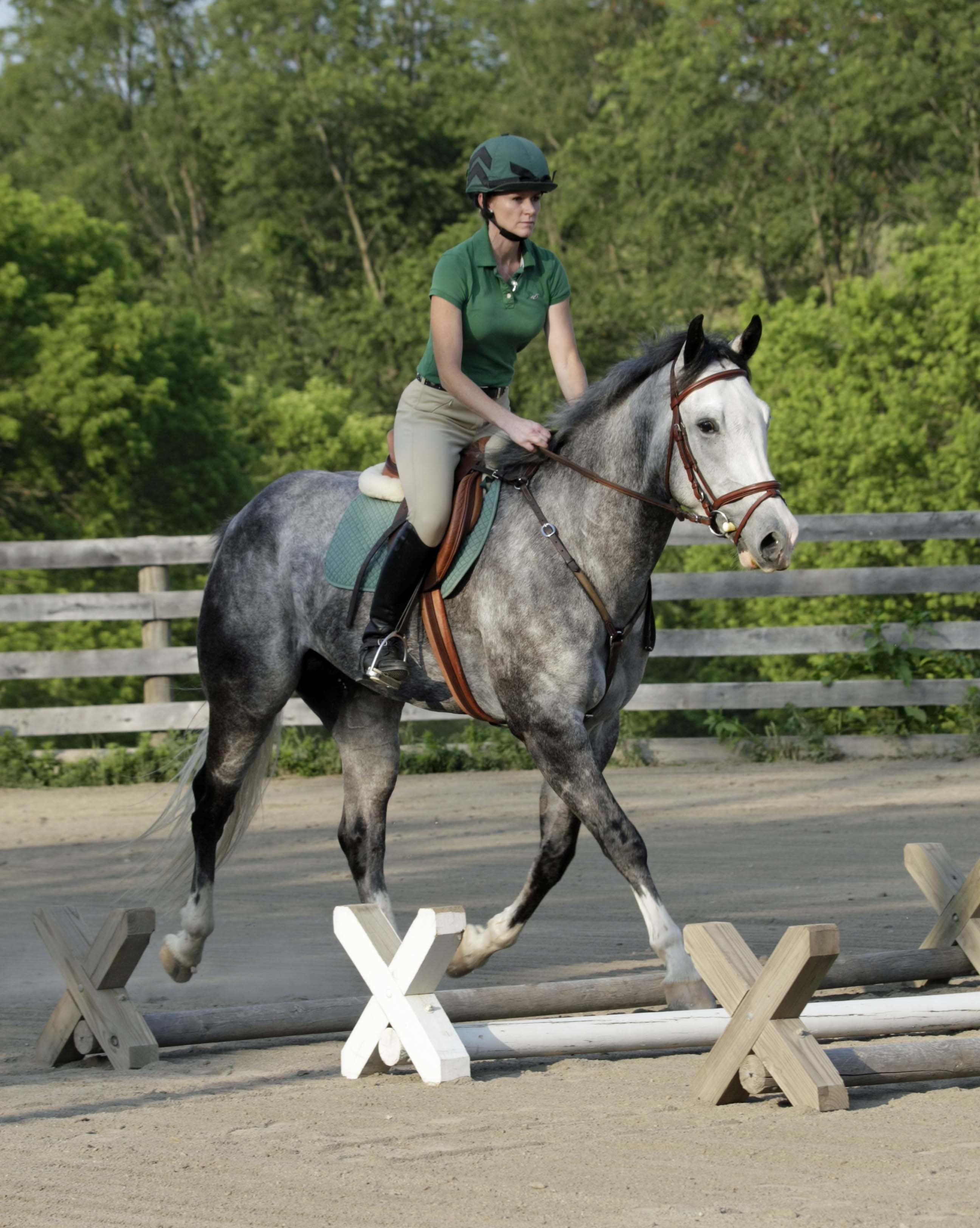
Fifth Leg Training
So what is fifth leg training? It is all about teaching the horse to use their brain and take responsibility for the jumping, and is a vital part of your safety. If your horse looks carefully at what they are jumping and makes automatic alterations and quick reactions when getting too close or far away from a fence, or when slipping or tripping, they can be said to have a ‘fifth leg’. All horses should be put through a ‘fifth leg training’ program as an integral part of their preparation for cross-country. It is the one area that is regularly neglected in the training of event horses despite its obvious need. If you want to be safe across country the fundamental aim in training should be to develop a horse’s ability to look after himself. The wonderful payoff here is that training in this way will allow room for error.
The good news is that a horse can be taught to do this. In the initial dressage and show jumping, training horses should establish calmness, self-carriage, and the confidence to work things out. Regular use of grids with the very lightest of rein contacts and schooling over a wide variety of obstacles and terrain at slow speeds will all help the fifth leg training. Some horses don’t take sufficient care simply because they are listening too much to a rider who is over demanding and over riding. It is important that you don’t look at cross-country riding as something demanding great strength and particularly close to fences you must sit as still as possible. If a horse is distracted by the rider or ridden in a mechanical way the result will be a greater risk of an accident. The task is to put your horse ‘in gear’ in a very positive way but then allow them to look after you and trust them to make decisions on your behalf.
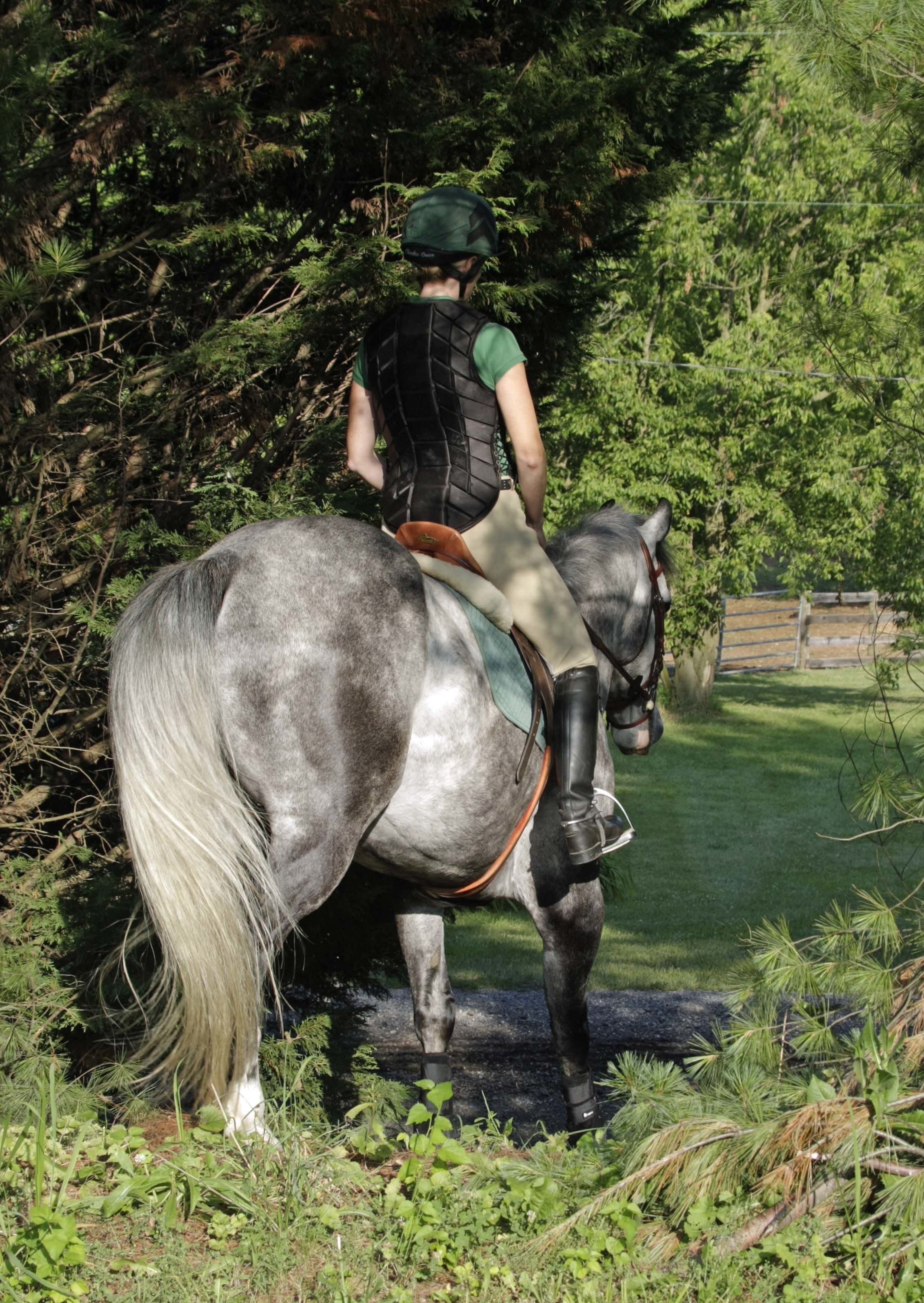
The heart of ‘fifth leg training’ is to work at the self-carriage of your horse. Many riders find it difficult to allow the horse to find their own balance. It is very tempting to try and balance the horse with the rein contact, but apart from giving the horse the right direction and speed it is difficult to do anything else with the rein contact. Slowing down will produce a better balance but the pressure on the rein by itself cannot do this. If you were sitting on top of a shed that was falling, pulling strenuously on one side would make no difference to the movement of the falling shed and the same applies to horse riding. It is the horse that carries the rider and not the other way around, so no amount of pulling on the rein will actually do anything but change the direction or slow the horse down.
Case History
A student of mine, Sarah, bought a young mare called Glen Shira who appeared to have a natural fifth leg and good enthusiasm for her work—possibly a little excess of enthusiasm! She rode her for three months successfully and then went to Australia for three months. While Sarah was away she arranged for Glen Shira to be ridden by a competent and experienced rider to continue the mare’s education. This rider rode in a very controlled and controlling way and taught Glen Shira to listen to the precise aids of the rider and be very well behaved coming down to all fences. Unfortunately, in the process, the mare stopped thinking for herself.
On Sarah’s return she took Glen Shira to a small horse trials almost immediately—mistake number one. Outside in the practice ring before the show jumping it was apparent that the mare was a very different horse now and was waiting for directions in front of the fences. Then half way round the course she came to a fence on a bad stride and with Sarah leaving it to her to cope. In the past she would have just read the situation and coped without difficulty by chipping in a short stride or more likely by using her scope to take off early, especially as she was always so clean. Instead she climbed all over the fence and deposited Sarah on the floor with a broken collar bone.
After Sarah recovered Glen Shira went back to school and once again got in the habit of using her fifth leg. Together they formed a great partnership and were eventually short listed for the Barcelona Olympics, despite the fact that Sarah was little more than a weekend rider. This could never have happened without fifth leg training.
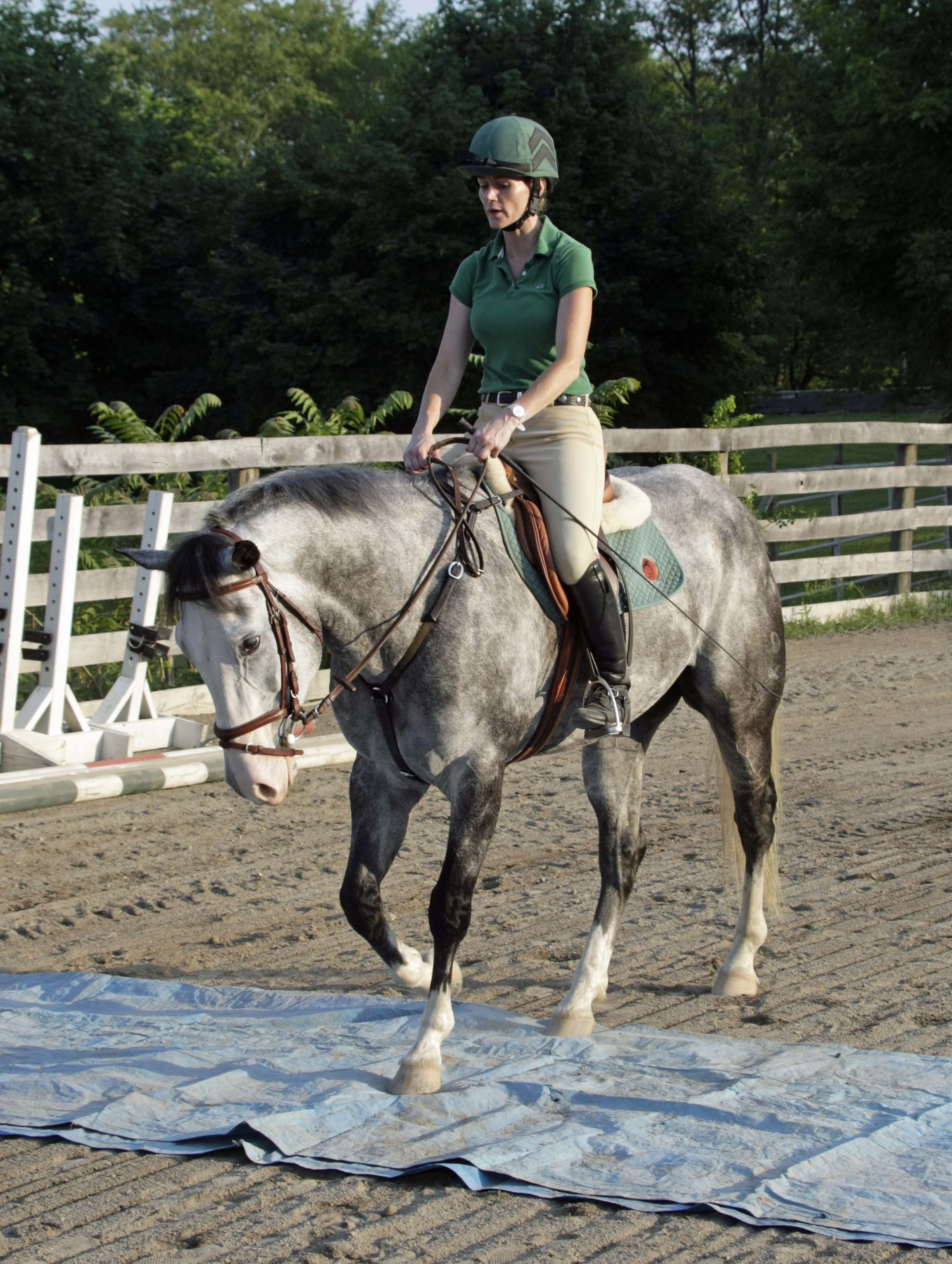
Top 10 Ways to Train Your Horse to Develop a Fifth Leg
- Allow the horse to be in self-carriage. Do not try to support through the rein contact because this only restricts the use of the head and neck and encourages the horse to take more weight forward as they try to lean on the contact. The reins should always be a communication point, not an attempt at a support point.
- As far as possible, even just for their holidays, turn your horse out on hillsides and in fields with varied terrain so that he gets use to going up and down hills. This is especially important for a young horse. Watching horses gallop freely and nimbly over undulating fields should also encourage riders to trust their horses to look after themselves.
- When hacking, deliberately walk, trot, and canter up and down banks and over undulating ground. You may not live in the country or in an area suitable for hacking, but this is of such benefit to your horse that you should consider transporting him to somewhere with good hacking on a regular basis so that he learns to become more agile.
- With the help of a coach, practice loose schooling your horse—without a rider or tack—over fences. This will teach the horse to make decisions about how to respond to the exercises without relying on his rider to guide him.
- During jumping training, make sure you interfere with the horse’s jump as little as possible. It is difficult to sit still and make only the smallest of changes as you ride but, if you can do this, it will greatly benefit your horse’s fifth-leg training.
- Put logs or sleepers in front of every stable door, between fields, and along riding tracks. In this way your horse will have to continually practice looking after himself, watching where he puts his feet and developing his coordination. This is particularly important for young horses.
- Build solid, wide banks around your yard, along the side of the drive, and between paddocks suitable for jumping at a slow speed on a regular basis, and using small solid sides permanently fill natural dips in or near the yard with water (including ways for excess and clean water to drain away) and then ride through it on a daily basis. This might be on the route to your riding arena.
- Try doing your dressage training on varied ground occasionally. It is useful if part of your schooling area has a small incline so that you can practice maintaining controlled impulsion as you go up and down a slope. As well as the benefits for fifth-leg training, this has considerable advantages for the physical development of your horse.
- During a jumping training session, start with standard jumping distances, but then both slightly shorten and slightly lengthen them. A standard show jumping stride length is 3.7 meters (12 feet), but you can gradually train your horse until he copes with a 3-meter (10- foot) or a 4.2-meter (14-foot) stride length. This process may take many months to achieve, and will need the help of your coach, but the results will be worth it.
- Make all small, 50-60 centimeter (20-24 inch) schooling fences as solid as possible so that your horse treats them with respect. Then with the guidance of your coach jump them not only on straight lines but off turns and at all angles, using varied distances between fences. Do not worry if he hits a fence, because this will help him develop a safe jumping technique. Your coach can guide you about doing the same thing over slightly bigger fences, however do not school over big, solid fences at home for reasons of safety and maintaining the horse’s confidence.
About William Micklem
Growing up in a family of horsemen in Cornwall, England, William Micklem and his five siblings spent their childhood competing in Pony Club activities and hunting with the Fourburrow Hunt. After passing his British Horse Society Instructors Certificate (BHSI) in 1973, William went to work as chief instructor for Robert Hall in both Fulmer, England, and Pepperell, U.S., which is when he began a lifetime equestrian association with Karen O’Connor, before coming to Ireland to work for Bord na gCapall (The Irish Horse Board) in 1976. He also started training the Irish Junior and Young Rider Horse Trials Teams and designed Ireland’s renowned Golden Saddle Scheme for top young competition riders from dressage, show jumping, and horse trials. He passed his Fellowship of the British Horse Society in 1981. Micklem has found horses for some of the top riders in the world, including Biko, Custom Made, Giltedge, Mr. Maxwell, and Mandiba for the O’Connor Event Team. To find out more about William Micklem, visit his website at www.williammicklem.com.


